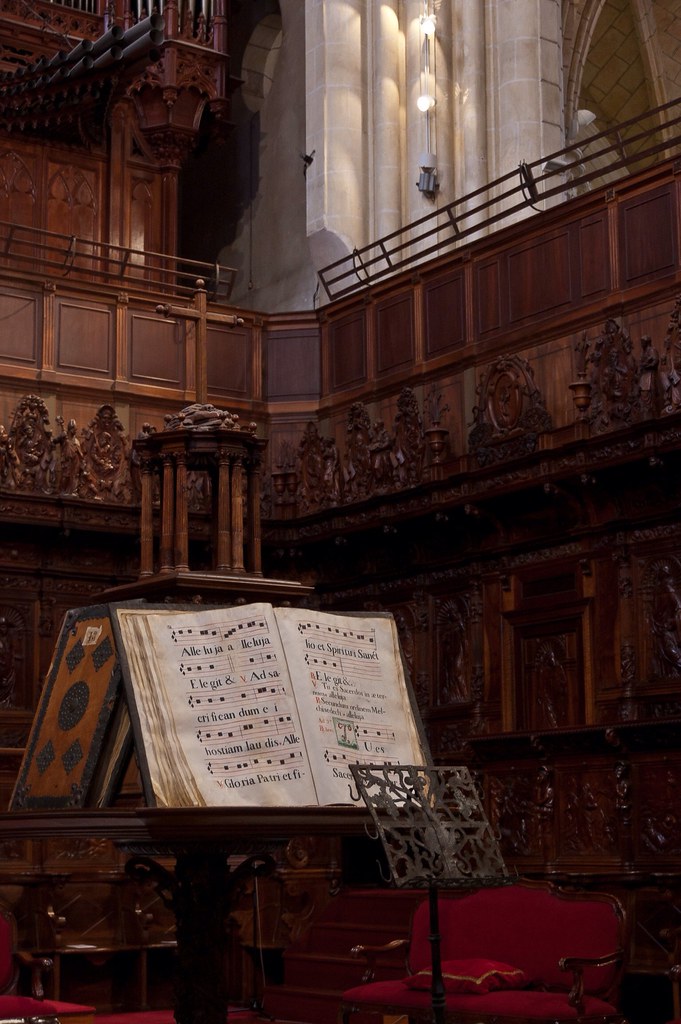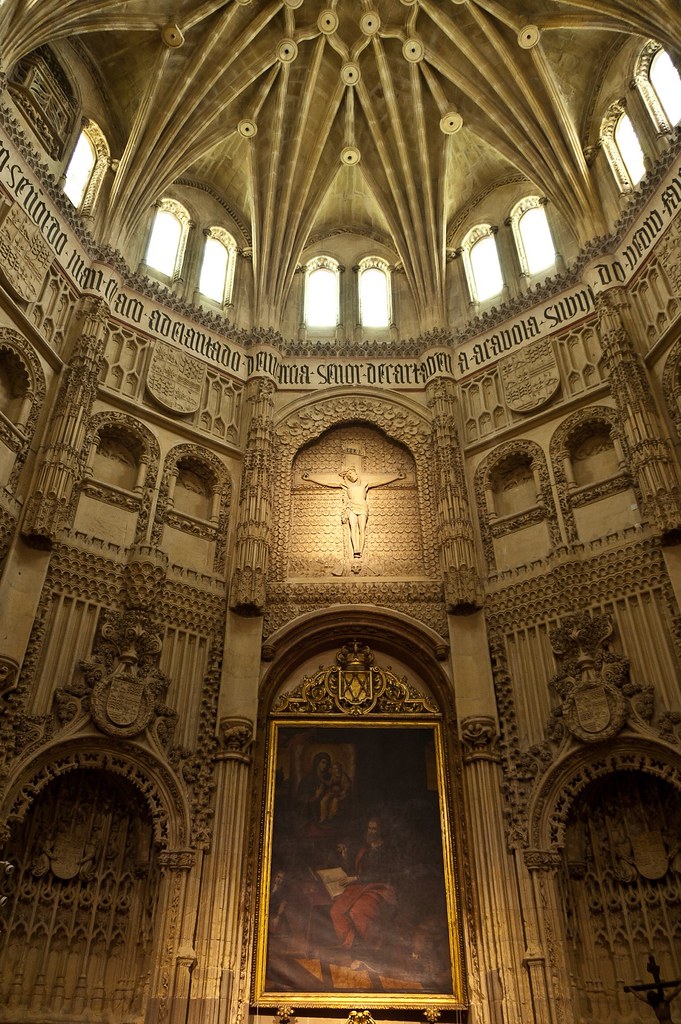
Above: A panoramic shot of Cartagena with the naval port on the right and an old bullring, formally a Roman Amphitheatre in the centre.
Cartagena has been inhabited for over two millennia, being founded around 227 BC during the Phoenician conquest. The city lived its heyday during the Roman Empire, when it was known as Carthago Nova (the New Carthage) and it was also one of the important cities during the Umayyad invasion of Hispania.

Above: I paid a visit to the incredible Roman Theatre.
It is the first of a number of cities which eventually have been named Cartagena, most notably Cartagena de Indias (Cartagena of the Indies) in Colombia which I visited last year - see my blog post here . Much of the historical weight of Cartagena in the past goes to its coveted defensive port, one of the most important in the western Mediterranean. It is still an important naval seaport, the main military haven of Spain, and is home to a large naval shipyard.

Above: The Roman Theatre from above. Most of the stage backdrop has been lost but you can see some of the pillars that used to form it on the right.
The city is becoming very popular with cruise ships due to the number of landmarks such as the Roman Theatre, the second largest of the Iberian Peninsula, and an abundance of Phoenician, Roman, Byzantine and Moorish remains. Most of Cartagena's oldest monuments date from the ages of the Roman Empire when the city flourished. On my visit here I visited the recently restored Roman theatre of Carthago Nova. Its building works started at the end of the 2nd century BC and the Roman Theatre museum was officially opened for the first time recently.

Above: The Roman Theatre taken from the stage!
I also visited the Concepción Castle (now Centre for Interpretation of the History of Cartagena) which was reconstructed in the 13th century using big structures from the Amphitheatre. The castle afforded great views over the city. Cartagena is also home to numerous art nouveau buildings from early 20th century such as the City Hall, when the Bourgeoisie settled down in the city due to the growth of the local mining industry.

Above: The main street into Cartagena from the cruise terminal, with the Art Nouveau City Hall on the left.
During my time in Cartagena, I also took a shore excursion to the nearby city of Murcia (I packed in a lot that day!), divided from Cartagena by a mountain range.
Murcia is the seventh largest city in the country, with a population of 442,573 inhabitants. Located on the Segura River, it was founded by the emir of Cordoba Abd ar-Rahman II in 825 AD and is now mainly a services city and a university town. Highlights for visitors include the Cathedral of Murcia and a number of baroque buildings, renowned local cuisine, Holy Week processions and the Fiestas de Primavera (Spring Festival).

Above: Murcia Cathedral.
The Cathedral of Murcia was built between 1394 and 1465 in the Castilian Gothic style. Its tower was completed in 1792 and shows a blend of architectural styles. The first two stories were built in the Renaissance style (1521–1546), while the third is Baroque. The bell pavilion exhibits both Rococo and Neoclassical influences. The main façade (1736–1754) is considered a masterpiece of the Spanish Baroque style.

Above: A large plainchant book which the choir would have stood around to sing with the Cathedral organ in the background.
The Cathedral also has a great many chapels leading off from the main body. Some of these used to be owned by wealthy private families who would bury their loved ones there. One of the most beautiful chapels was never used by the family that owned it and it stands empty today.

Above: The chapel which now stands empty.
The Holy Week procession hosted by the city is among the most famous throughout Spain. This traditional festival portrays the events which lead up to and include the Crucifixion. Life-sized, finely detailed sculptures by Francisco Salzillo (1707–1783) are removed from their museums and carried around the city in elegant processions amid flowers.

Above: A statue of the virgin Mary in the Monastery we visited.
We also visited the Monastery of the Virgin of Fuensanta during our time in Murcia. The Monastery is located on a hillside and commands impressive views over Murcia. The image of the virgin Mary above is one of the sculptures which is paraded through town during Holy Week.

Above: Monastery of the Virgin of Fuensanta.
I hope you enjoyed this post. I'll be back soon with more - there are a lot of ports to show you!

No comments:
Post a Comment